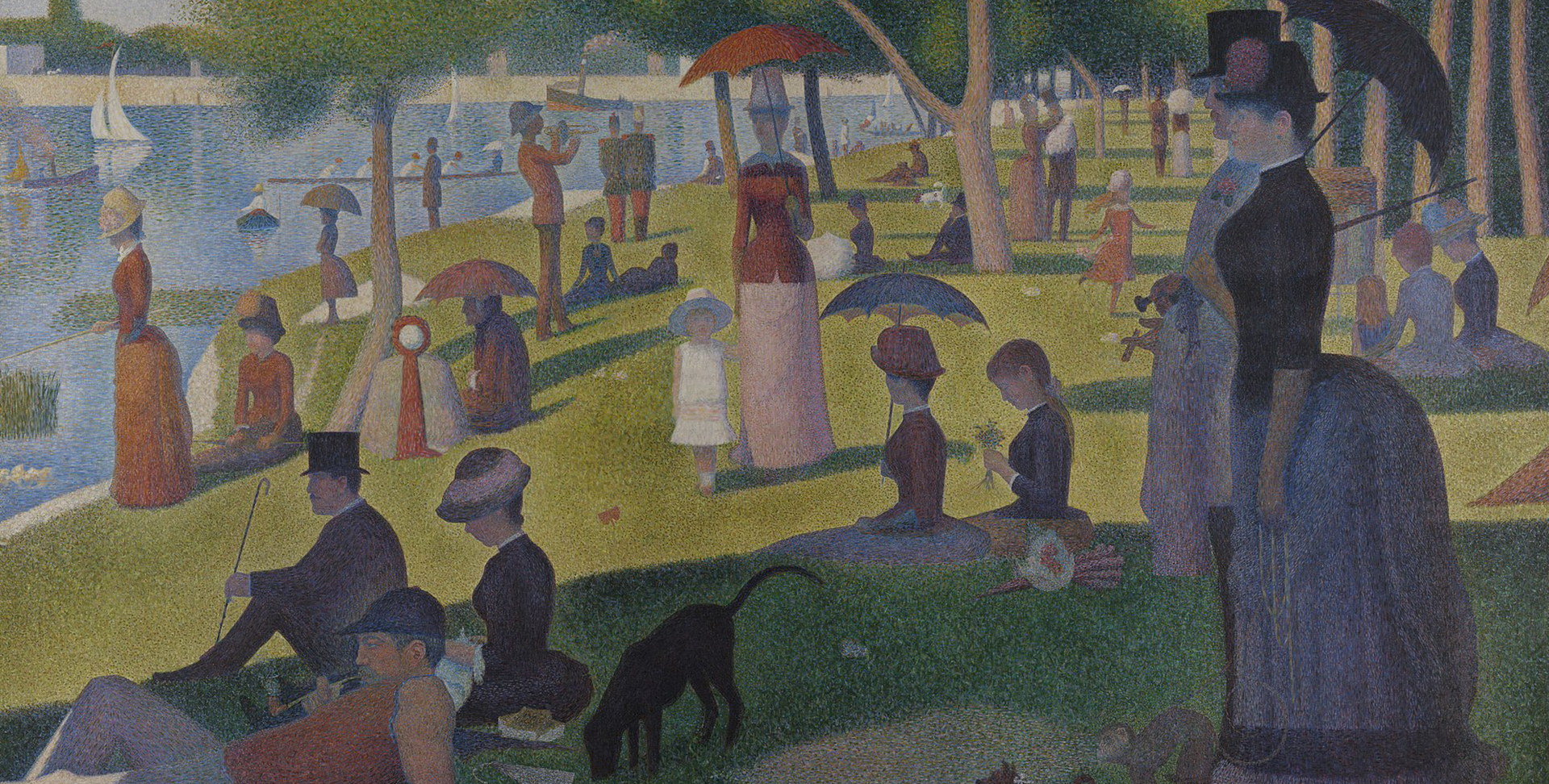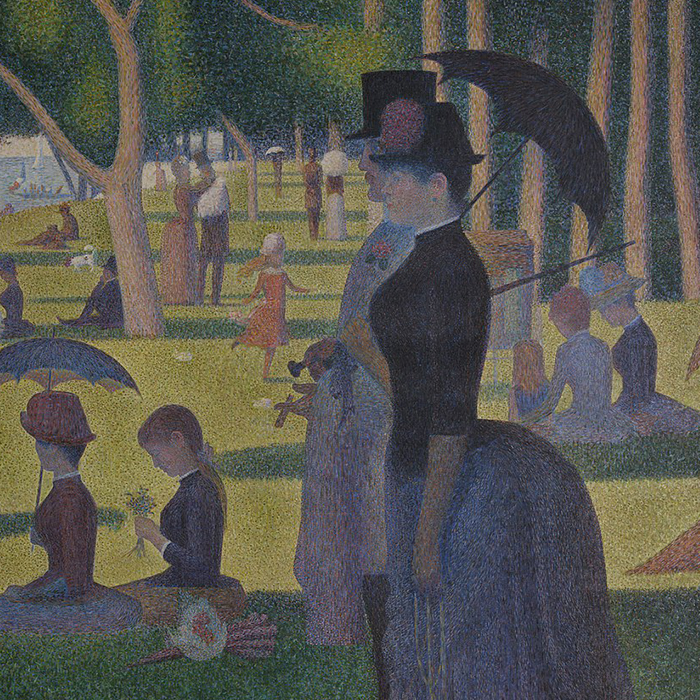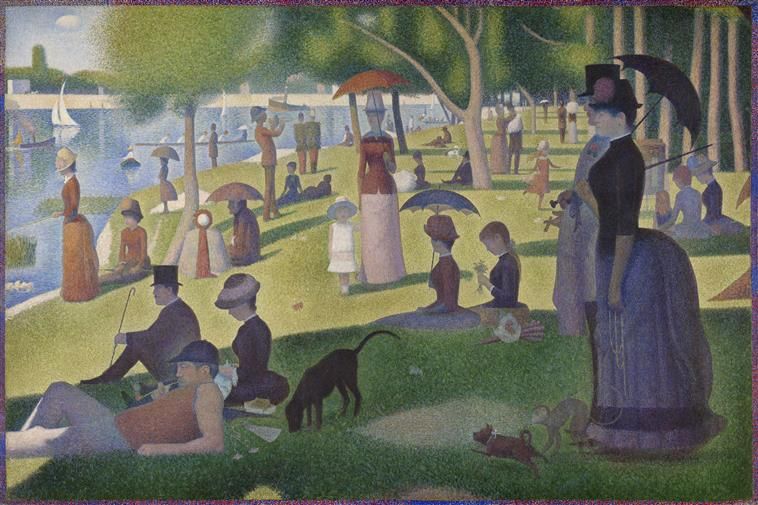


The Eiffel Tower was built for the 1889 Universal Exhibition. What was this? The first of these exhibitions was held in London in 1851. The idea behind this event was to make trade and industry the focus of international exchanges to foster peace. As we look back, we see that it hasn’t worked at all!
The Crystal Palace, a vast glass and metal construction, was built for the occasion.
This architectural masterpiece showed the power of the British Empire and its industry. The French were somewhat jealous and wanted “their own” exhibition.


Universal exhibitions were real showcases in which each country demonstrated its power.
The first Parisian Universal Exhibition opened its doors in 1855. And it seems that the French capital acquired a taste for it, since it organized further exhibitions in 1867, 1878, 1889, 1900 and 1937.
Numerous monuments from these exhibitions remained in Paris. Here are some of the monuments that can still be admired today.

No less than six universal exhibitions took place in Paris. We can still see the monuments built for these occasions.
During these universal exhibitions, Western countries showed off their power, which usually involved the colonial empire they had built.
Therefore, the exhibitions gave pride of place to Asia, India, Africa and the Middle East, revealing the whole world to the artists. They discovered totally different cultures from their own, and artistic forms that they were unaware of.
And when an art dealer (Siegfried Bing) opened the gallery L’Art Japonais (Japanese Art) during the 1880s, the city went mad. The whole world wanted to see it, especially the artists.


The representation of colonial empires at universal exhibitions revealed other cultures to artists.
Vincent Van Gogh, the painter, began to collect Japanese engravings bought in the L’Art Japonais gallery. He copied some of these images in one of his paintings.
He shared this passion with Paul Gaugin, his friend, who became inspired by it for his own work.



Japanese art inspired many artists such as Van Gogh or Gauguin – this was Japanism.
Van Gogh and Gauguin are “Post-Impressionist” artists. What does that mean?
It’s quite simple. This means that they came on the scene after Impressionism. And yes, this artistic movement is so important that artists were defined by their relationship with it.
Another Post-Impressionist artist is important – Georges Seurat. Like the Impressionists, he was interested in light and the way it broke down into colours.

He invented a very specific technique to undertake research in this area: Divisionism. It is also known as Pointillism, which gives a better idea as to what it means.

Post-Impressionist artists like Seurat took an interest in light and painted using very small dots.
We have seen that in Haussman’s new Paris, avenues were lined up in a way that allowed a view of the monuments, but that’s not all.
Clear spaces were also created in the centre to make way for erecting statues. Here are a few particularly imposing ones.

Artists also occupied public areas in the city in a less official way. How? With posters! And that is how new techniques such as lithography became useful.
One of the specialists of the genre was Henri de Toulouse-Lautrec, who is known for his creation of the Moulin Rouge posters.

Art was very noticeable in public spaces, through either statues or posters.
To finish this overview of the 19th century, let’s take a look at an exceptional sculptor: Auguste Rodin.
It is true that he was not called on to decorate Parisian squares, but he received public commissions throughout his career!
Like Manet, he is often criticized for his art, which was considered too realistic and stark. And sometimes he left his figures partly in the block of marble – how disturbing!

As well as his incredible talent for sculpting, Rodin had another strong quality: he chose his colleagues well. Many great sculptors worked for him, but one stands out from the rest: Camille Claudel.
Rodin noticed her genius and began a fruitful collaboration. During her personal career, she developed a style matching her era’s taste, with curved lines similar to natural shapes. This is Art Nouveau.

Rodin, the great sculptor, known for his Realist style, surrounded himself with talented colleagues like Camille Claudel.

"*" indicates required fields